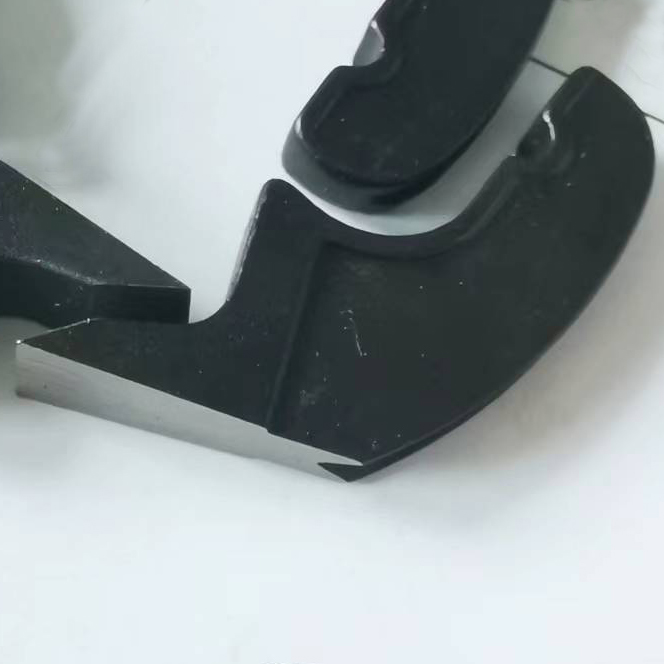Sawmill Teeth Inserts Material
Sawmill teeth inserts play a crucial role in the efficient cutting and processing of timber. These small but mighty tools are responsible for the smooth operation of sawmills, enhancing productivity and reducing downtime. In this article, we will explore the essential qualities and materials used in the construction of sawmill teeth inserts.
1. Durability and Strength:
The material used for sawmill teeth inserts should exhibit exceptional durability and strength. It must withstand the rigorous forces and abrasion encountered during the cutting process. Tungsten carbide is a popular choice due to its remarkable hardness and resistance to wear. This material ensures that the inserts can withstand prolonged use, even with the toughest types of wood.
2. Heat Resistance:
Sawmill teeth inserts are subjected to intense heat generated by the friction between the blades and the wood. To prevent deformation or failure under high temperature conditions, the material must possess excellent heat resistance properties. Cobalt-based alloys are often added to tungsten carbide to increase its ability to withstand elevated temperatures without compromising its structural integrity.
3. Corrosion Resistance:
Wood can contain moisture and other corrosive elements that may affect the lifespan of sawmill teeth inserts. Therefore, the material chosen for these inserts should exhibit high corrosion resistance. Stellite, a blend of cobalt, chromium, and tungsten, is commonly used in combination with tungsten carbide. This combination provides excellent corrosion resistance, ensuring that the inserts remain effective and reliable throughout their lifespan.
4. Precision Cutting:
Achieving precise and clean cuts is paramount in the timber industry. Sawmill teeth inserts must be designed to deliver accurate cutting performance. The material should have the ability to maintain sharpness and retain its cutting edge over time. Diamond-like carbon (DLC) coatings are often applied to sawmill teeth inserts to further enhance their cutting efficiency. DLC coatings reduce friction, increase hardness, and provide self-lubrication, resulting in improved cutting precision.
5. Cost-effectiveness:
While high-quality materials are necessary for sawmill teeth inserts, it is also important to consider cost-effectiveness. Balancing durability and performance with affordability is crucial for the sustainable operation of sawmills. Manufacturers often conduct research and development to find the optimal blend of materials that meet these criteria. By selecting materials that offer a reasonable balance between cost and performance, sawmill operators can maintain productivity without compromising profitability.
Sawmill teeth inserts are critical components in the timber industry, enabling efficient and precise wood cutting. The selection of appropriate materials for these inserts is essential to ensure durability, heat resistance, corrosion resistance, precision cutting, and cost-effectiveness. Through continuous technological advancements, manufacturers strive to develop materials that excel in these qualities, ultimately benefiting the sawmill industry as a whole. By utilizing the right materials, sawmill teeth inserts contribute significantly to maximizing operational efficiency and productivity in the timber processing sector.

